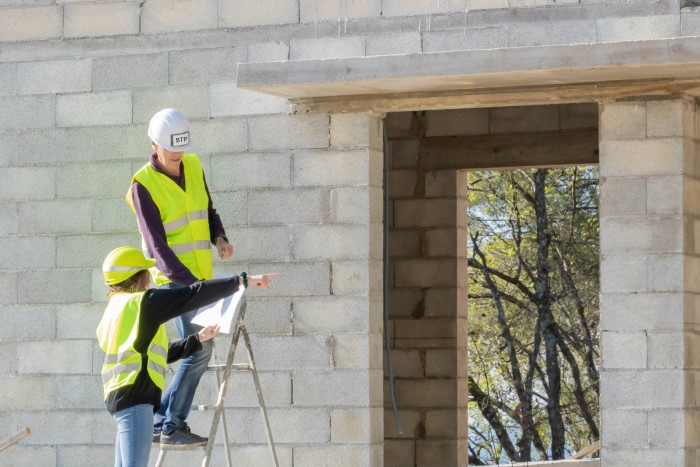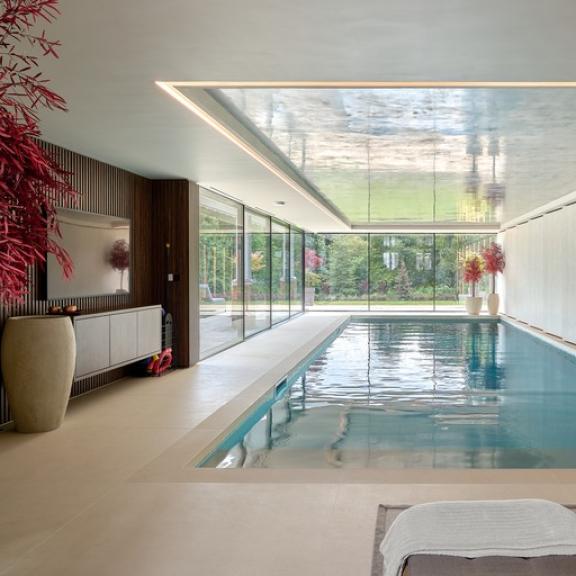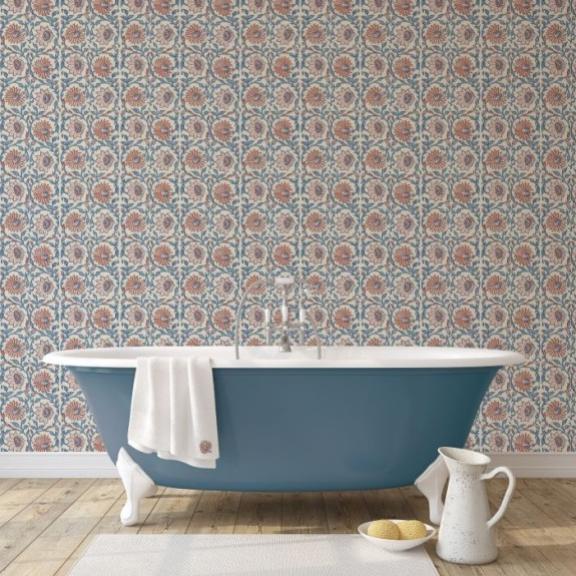Interior Designers and the Construction Industry Scheme
Designers have responsibilities as contractors under the Construction Industry Scheme. Here’s what you need to know.

The Construction Industry Scheme (CIS) brings a duty for contractors to deduct money from a subcontractor’s payments and pass it to HM Revenue and Customs (HMRC). The reason it’s important for interior designers to know about? The nature of the work means interior designers are likely to be contractors under the scheme and therefore have responsibilities they must fulfil.
Who is a contractor under the CIS?
As an interior designer you need to register as a contractor with the CIS if you pay subcontractors to do construction work. It’s important to be aware that, for example, painting and decorating is regarded as a construction operation as well as building work, alterations, repairs, installing systems for heating and lighting and so on, and for more details of what counts as a construction operation, you can consult the HMRC construction industry scheme guide. Whether you’re working as sole trader, in a partnership, or have set up a limited company, you must register.
It’s necessary to register for the CIS before you take on your first subcontractor, and you need to check that all subcontractors are registered with the CIS with HMRC, which you can do with the free CIS online service or commercial CIS software. The latter must be used if you need to verify more than 50 subcontractors. You’ll also find out the rate of deduction you should use, or if you can pay them without deductions.
In order to register as a contractor, you’ll need to register online as an employer. Once that process is complete, you’ll receive a letter from HMRC about working as a CIS contractor.
What happens when you pay subcontractors?
Usually, you’ll have to make deductions when you pay a subcontractor, as advised by HMRC. The rates are 20 per cent for registered subcontractors; 30 per cent for unregistered subcontractors; and 0 per cent for a subcontractor who has what’s called gross payment status.
These deductions must be paid to HMRC, and they are advance payments on the subcontractor’s tax and national insurance bill.
To make a CIS deduction, begin from the total amount of the subcontractor’s invoice, then take away what they’ve paid in VAT, for materials, equipment which is now unusable, fuel (except for travel), equipment hired, and manufacturing or prefabricated materials. It’s important that only the materials the subcontractor paid for directly are deducted – you may have to ask for evidence.
Once you have calculated this amount, deduct the CIS percentage rate provided by HMRC. This is the net amount you need to pay the subcontractor.
A payment and deduction statement should be given to the subcontractor within 14 days of the end of each tax month if you make deductions.
How to pay deductions to HMRC
The deductions you make have to be paid to HMRC and it will set up a payment scheme for you when you register as a contractor. If you’re an employer, it will change your PAYE scheme to a PAYE/CIS scheme. One payment should be made each month or each quarter covering PAYE tax, national insurance and CIS deductions. Be aware that interest and penalties can be levied if you pay late.
Keep monthly returns and records
Your duties under the CIS also include filing monthly returns that tell HMRC about the payments you’ve made to subcontractors. These can be completed on the CIS online service. Commercial software is also available.
If there are months when you don’t make any payments to subcontractors, it’s not necessary to file a return, but you’ll instead have to tell HMRC no return is due. Monthly returns need to be sent by the 19th of every month following the last tax month. Avoid late returns because there’s a penalty for missing the deadline.
A further obligation under the scheme is correct record keeping. This includes the gross amount of each payment invoiced by subcontractors, excluding VAT, and any deductions you’ve made from subcontractor payments. When deductions are made it’s also crucial to keep records of the costs of materials the subcontractor invoiced you for, excluding VAT.
Your records should be retained for a period of at least three years after the end of the tax year they apply to, and HMRC can ask to see them at any time.
Interior designers as contractors
Always bear in mind your responsibilities as a contractor under the CIS. It’s vital as an interior designer that you follow the rules and make deductions as directed by HMRC. The correct filing of returns and record keeping are also necessary to avoid penalties.
We asked Anna Burles: What makes the perfect software?
Discover the smart home technology awards with Platinum Partner, CEDIA
Explore the latest, member-exclusive, templates designed to make your life easier.
University of Gloucestershire wins the BIID Student Design Challenge 2025.
The BIID are searching for members to join our Regional Ambassadors team
GP&J Baker return as Platinum Partner with the BIID for 2025/2026





